Join us for this week’s Rocket Roundup with host Annie Wilson as we look back at the launches that happened over the last week, including international launches from China, India, and Russia. Plus, we look back at Beresheet, the ill-fated lander that launched on February 22, 2019.
Media
Transcript
Hello, and welcome to the Daily Space. My name is Annie Wilson and most weekdays the CosmoQuest team is here putting science in your brain.
Today, however, is for Rocket Roundup. Let’s get to it, shall we?
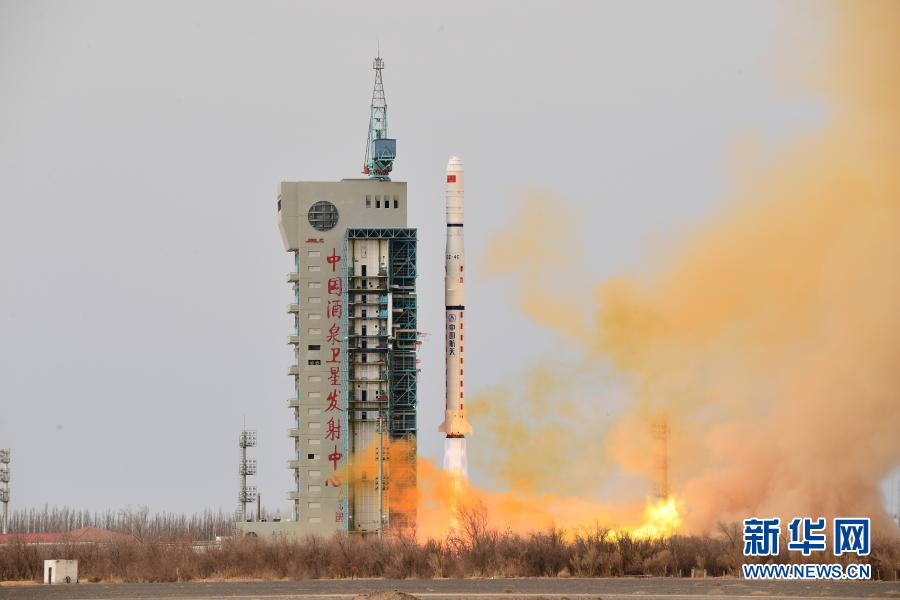
Our first launch this week is the Yaogan 31-03 mission that took off on February 24 at 20:22 UTC, atop a Long March 4C rocket from pad 603 at the Jiuquan Satellite Launch Center in the Gobi desert in northwestern China.
This was the third group of three Yaogan 31 satellites launched for this constellation, with the first two batches going up on April 10, 2018, and on January 29 of this year.
“Yaogan” translates to “Remote Observing,” so it makes sense that the China Academy of Space Technology stated that they “will be mainly used to carry out electromagnetic environment detection and related technical tests.” Not much else is publicly known about the Yaogan satellites, but a recent article in SpaceNews suggests they may also have more covert purposes, such as reconnaissance and surveillance.
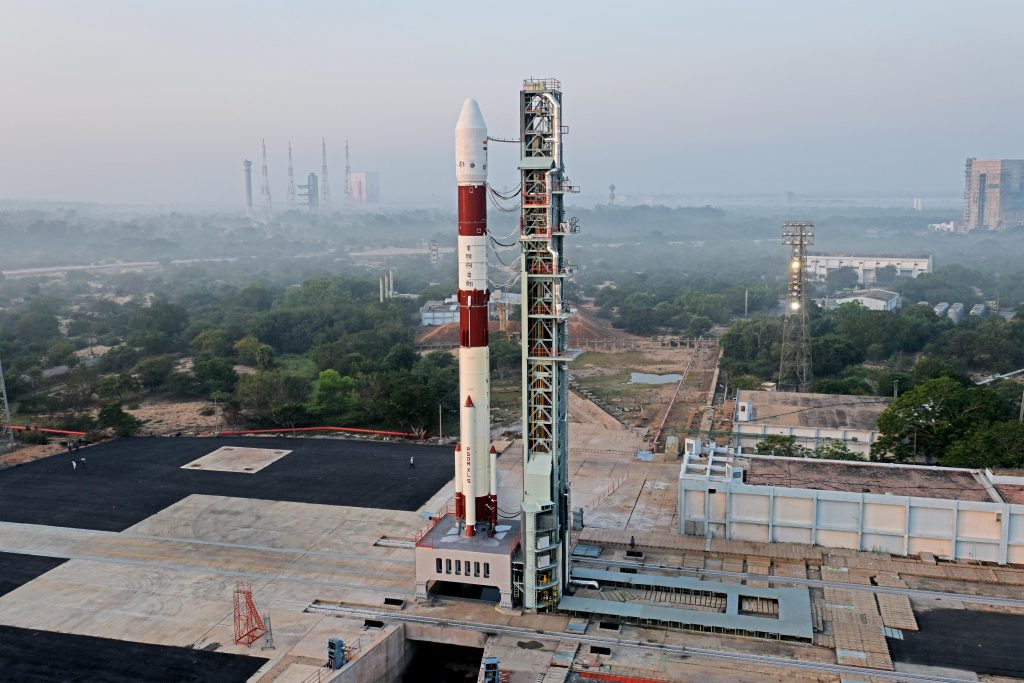
Next up: on February 28 at 04:54 UTC, the first Brazillian-built remote sensing satellite, Amazônia-1, was launched by the Indian Space Research Organization, also known as ISRO, from the Satish Dhawan Space Center in South India. The rocket used for this mission was PSLV-C51, a Polar Satellite Launch Vehicle rocket in the DL configuration of two strap-on boosters.
This was India’s first launch of 2021, coming after two launches in November and December 2020. Like many space agencies, ISRO’s activities have been significantly impacted by the COVID-19 pandemic.
Amazônia-1 is the first dedicated commercial mission of NewSpace India Limited (NSIL), a Government of India company under ISRO.
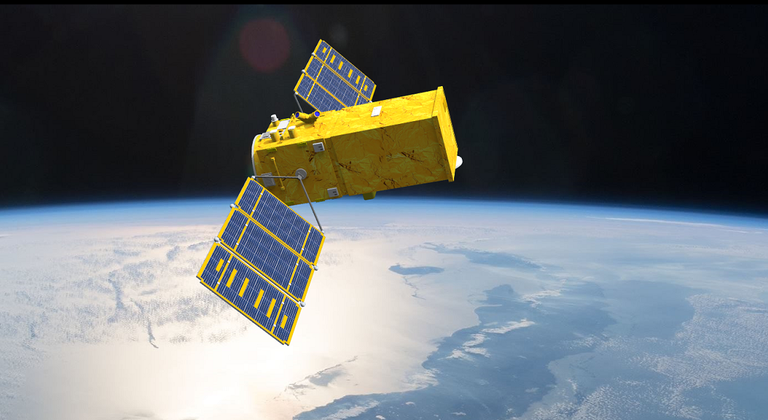
Amazônia-1 was designed, built, and tested by the Brazil National Institute of Space Research. It is based on a modular spacecraft bus called the MultiMission Platform. The main instrument on Amazônia-1 is a multi-spectral sensor that can image in optical and near-infrared bands, with a ground resolution of forty meters in a 754-kilometer wide swath. The satellite will provide remote sensing data to users for monitoring deforestation in the Amazon region and analysis of diversified agriculture across the Brazilian territory.
In addition to Amazônia-1, the rocket carried eighteen CubeSat co-passengers. These included NanoConnect 2, SindhuNetra, SDSAT, 3 UNITYsats, and 12 SpaceBEEs (0.25U CubeSats that provide communications for Internet of Things devices).
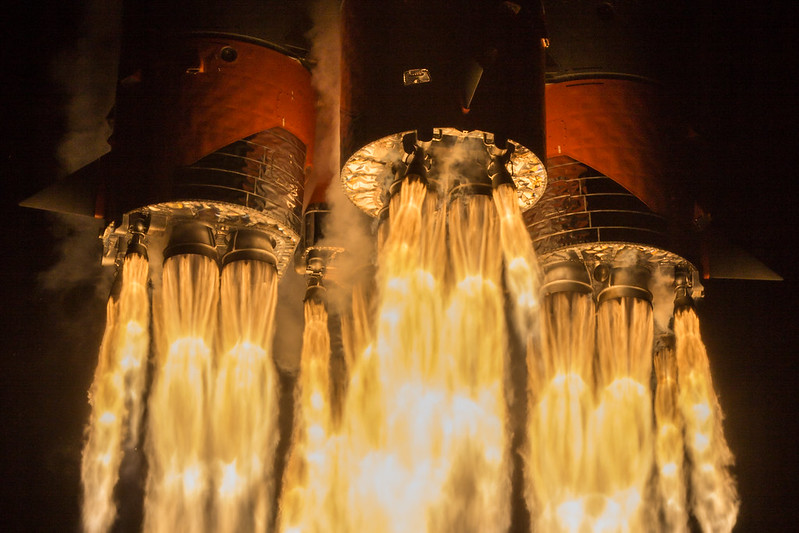
A few hours later on February 28 at 06:55 UTC, a Soyuz 2.1b/Fregat carried Arktika-M 1 to orbit from Site 31-6 at the Baikonur Cosmodrome in Kazakhstan. Arktika-M 1 is the first in a series of remote sensing satellites intended for monitoring the arctic regions of Russia. Alongside the craft’s main instrument, a multispectral imaging sensor, are receivers for search and rescue transponders which is a fairly common secondary payload.
The weather conditions at the time of launch were kind of miserable, with temperatures well below freezing and fairly significant winds and clouds. Afterward, Dimitri Rozgozin, the head of Roscosmos, said that the launch took place near the upper-level wind limit. While other rockets, like the Falcon 9, have many problems with upper-level winds, nothing seems to stop a Soyuz from launching. These rockets have often launched during snowstorms and even been struck by lightning after launch, so Rozgozin’s comment provides some insight into the operational limits of the well-proven Soyuz rocket.
After three burns of the Fregat upper stage, the satellite was deployed into orbit. Hours later on Twitter, Rozgozin confirmed the launch was a complete success and that the spacecraft was responding to ground controls.
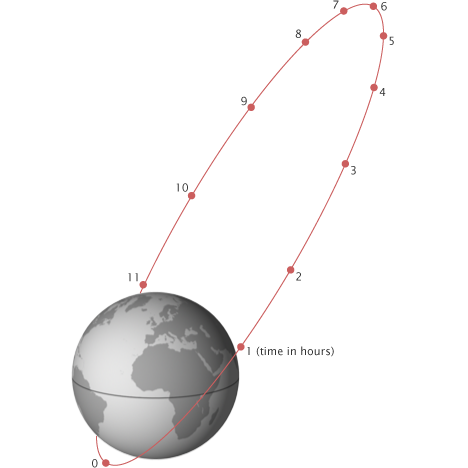
The satellite was successfully placed into a highly elliptical Molniya orbit, which is designed to allow the satellite to spend most of an orbit over higher latitudes while at apogee and just a short time at perigee. This type of orbit was developed because most of Russia is too high in latitude for a geostationary satellite to provide coverage. The period of this orbit is about twelve hours, and it is inclined 63.4 degrees to the equator.
Thanks to orbital mechanics and Kepler’s Laws of Motion, that same highly elliptical track means the spacecraft spends about four hours racing through the lower two-thirds of its orbit before coming back to loiter over its normal operational areas for the rest of that orbital period. That fast transit is a big reason why it is called the Molnyia, or “lightning” orbit, and the particular inclination precisely balances the orbital precession from the Earth’s and the Moon’s gravity, minimizing the need for station-keeping burns.
Arktika-M 1 will be followed by four more satellites, with M2 launching in 2023 and the others launching about once a year after that.
This Week in Rocket History
This week in Rocket History, we have a carryover from last week, but that’s ok because as always, this launch happened roughly around this week in history.
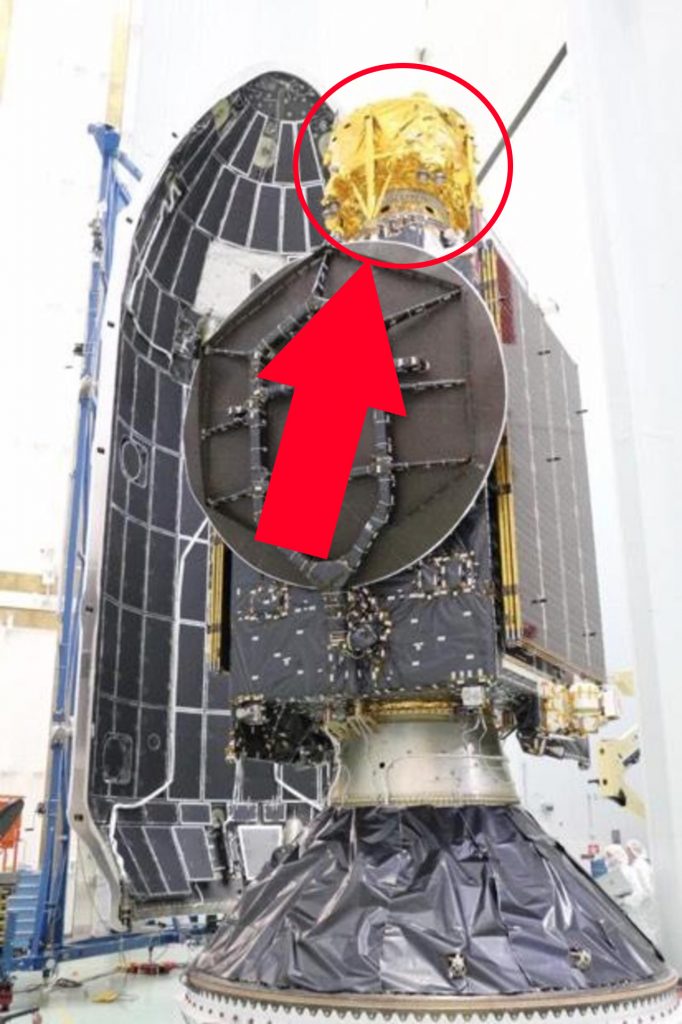
On February 22, 2019, a SpaceX Falcon 9 Block 5 launched from Cape Canaveral in Florida, carrying two payloads: an Indonesian telecommunications satellite called Nusantara Satu, or PSN-6, and a tiny two-meter by 1.5-meter lunar lander by the name of Beresheet, which means “in the beginning” and is also the Hebrew name for the book of Genesis.
The lunar lander was designed by a nonprofit organization called SpaceIL, with the help of Israel Aerospace Industries, as part of the Google Lunar X-Prize competition, which saw teams from all over the world compete to get a lander to the surface of the Moon without any government assistance. The competition’s original deadline, which was the end of 2014, kept getting extended until late-2018 when Google pulled their sponsorship along with the thirty million dollars of prize money, and the competition was officially canceled. That however did not stop SpaceIL from launching their Moon shot, as they had already purchased a seat for Beresheet on the Falcon 9.
The Falcon 9’s second stage pushed the little spacecraft all the way up to an altitude of around 700 kilometers. Moments after its release, the control center at Yahud in Israel started receiving telemetry.
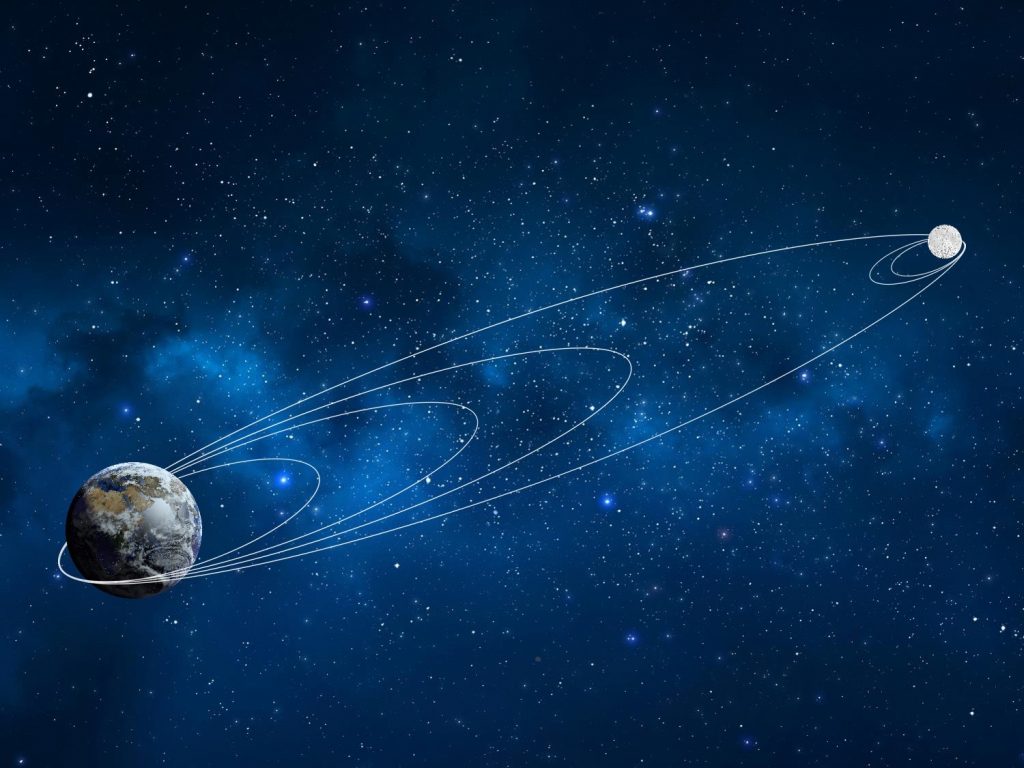
Beresheet’s initial orbit was a highly elliptical transfer orbit with a lowest altitude (or perigee) of 320 kilometers, and a highest altitude (or apogee) of 69,400 kilometers.
Almost immediately after separation, Beresheet performed its first big feat: deploying its struts. The landing legs extended as planned, but immediately ground control noticed something weird: the star trackers, special cameras designed to track stars to determine Beresheet’s orientation in relation to the Earth and the Moon, were completely blinded by the Sun reflecting off of the golden insulation of the landing struts.
The engineers had to reprogram the spacecraft to only use the star trackers when sunlight was not directly reflected off the struts and to use the accelerometers to try and track the spacecraft’s orientation at other times. And while that solution partially worked, it was a bit inaccurate.
A day later, on February 23, Beresheet ignited its British-built LEROS 2b main engine for the first time and raised its perigee to an altitude of 600 kilometers.
On February 24, two days after launch, Beresheet was supposed to perform its first big apogee-raising maneuver, but seconds before starting the critical burn, the spacecraft’s computer froze and had to reboot itself, which automatically canceled the maneuver. This problem continued to plague the mission and was probably due to damage suffered by an electronics box caused by the high levels of radiation the spacecraft had to go through.
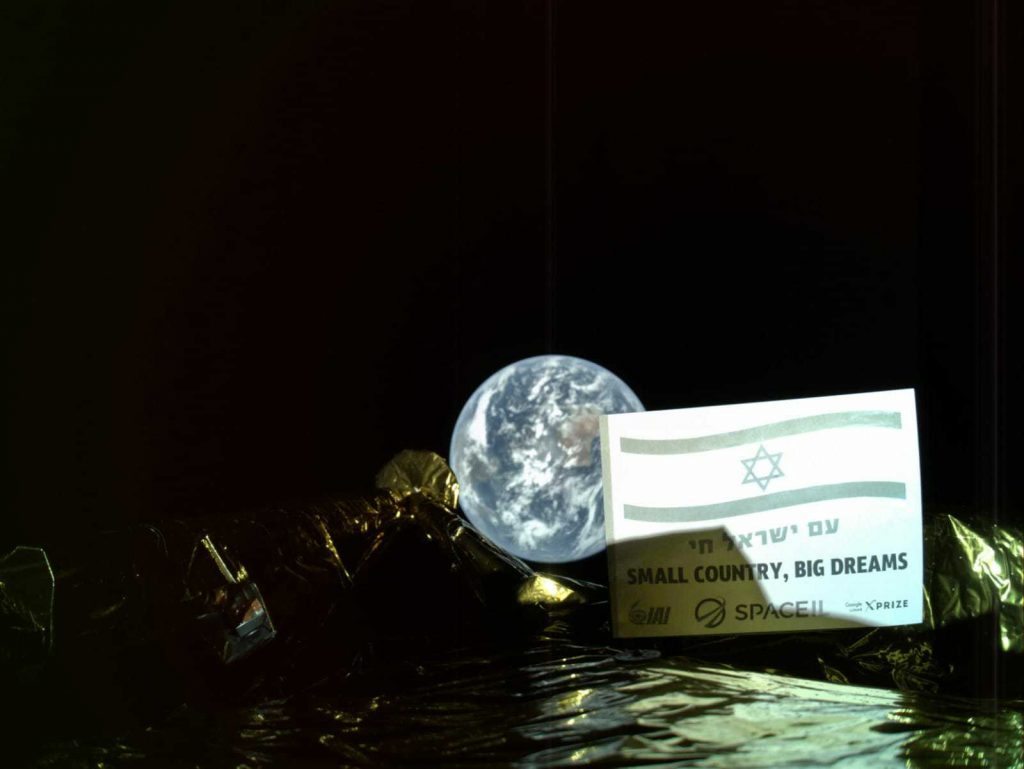
On Beresheet’s next orbit, however, the maneuver was performed without a glitch, igniting and burning for thirty seconds, raising the spacecraft’s apogee to 117,000 kilometers.
Three more burns would be performed until the final apogee-raising maneuver on March 19, which brought Beresheet’s apogee to around 405,000 kilometers, crossing the Moon’s orbital path.
On April 4, 2019, Beresheet encountered the Moon and performed a lunar insertion maneuver, which means it had to slow itself down compared to the Moon so that the Moon’s gravity could capture Beresheet and change its orbit to be around the Moon rather than around the Earth.
The maneuver went smoothly, and Beresheet ended up in an elliptical orbit with a closest approach, or perilune, of 500 kilometers and a farthest point, or apolune, of 10,000 kilometers from the Moon’s surface. Just a few days later, Beresheet would perform small maneuvers to circularize its orbit at an altitude of 200 kilometers, in preparation for landing.
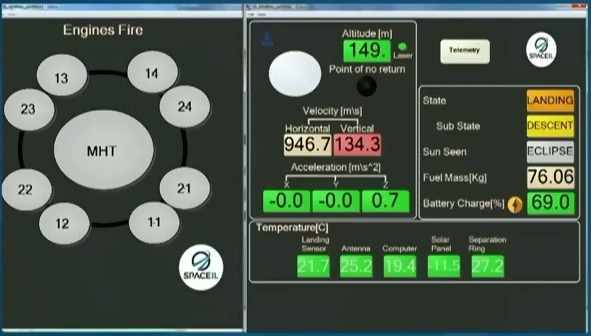
On April 11, after a series of altitude lowering maneuvers, Beresheet started its final landing burn, which was supposed to slow it down and lower it to the surface of the Moon for a soft touchdown. During the descent, however, one of two inertial measurement units, or IMUs, reported a malfunction. Mission control had to decide whether to continue with just one IMU, which was possible, or to restart the failed one in an attempt to regain redundancy. The call was made to restart the faulty IMU. Unfortunately, that caused a chain reaction which ended up in both IMUs appearing offline, something Beresheet was not designed to handle.
This caused the spacecraft’s computers to reboot, shutting off the engines which, up until now, had been gradually slowing the craft’s descent. By the time the computers could recover and load all of the updates telling the craft to ignore the previously failed sensors, it had too much speed to shed and eventually crashed into the surface of the Moon at a speed of 946 meters per second.
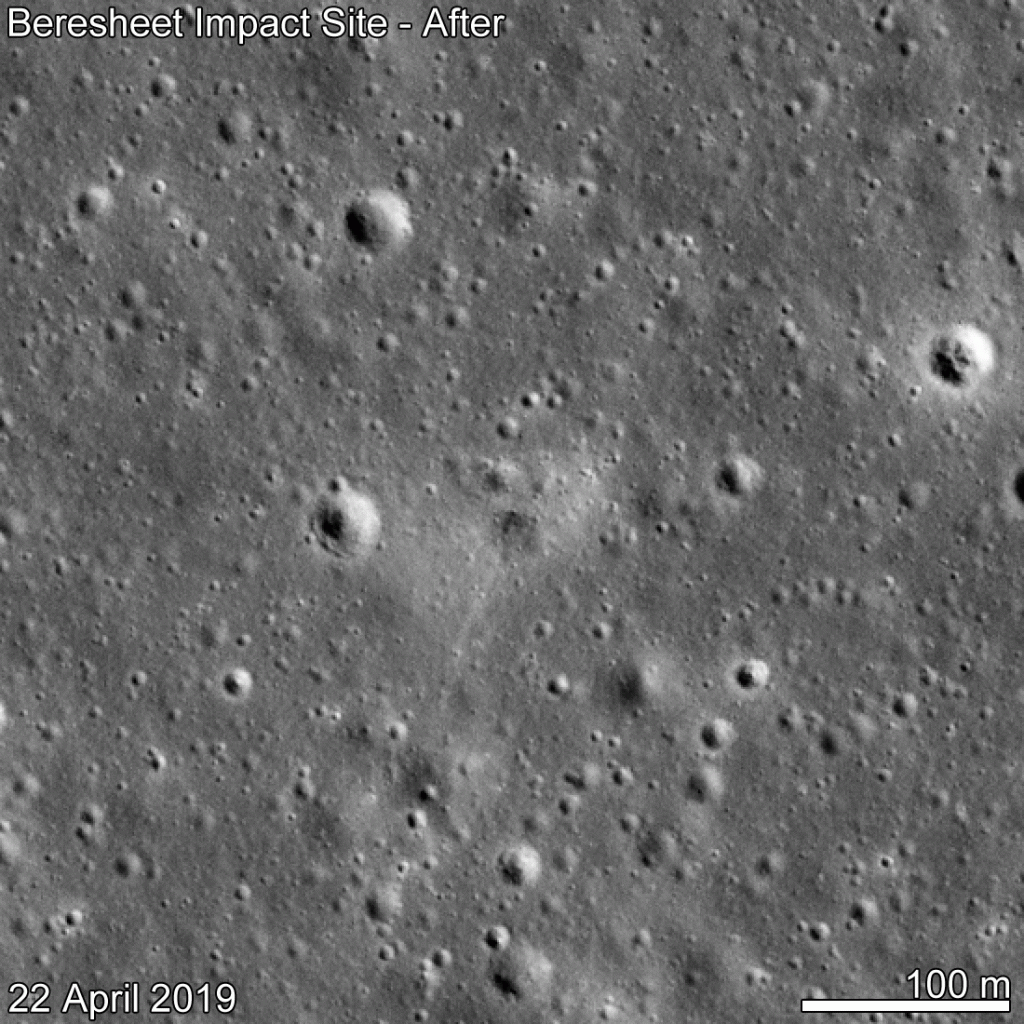
About a month later, NASA’s Lunar Reconnaissance Orbiter found the crash site, but Beresheet was so lightweight, it did not even create an impact creator, just a smudge.
In the months following the crash, SpaceIL revealed that the mission had been in far worse condition than originally disclosed.
From the moment the star trackers were blinded, the command center had to frequently upload software updates to the spacecraft. Because of the way the craft’s systems were designed, each time the computer rebooted, which ended up being often, the software updates had to be loaded again after boot, which would take a few seconds.
As a result, even though the spacecraft could handle one failed sensor, it could not handle a multitude of them. Once the gyro went offline during landing and the spacecraft was rebooted, the torrent of resulting alarms caused the last, fatally-timed restart as a security measure.
In an interview with the Davidson Institute, Ido Anteby, SpaceIL CEO during the mission, said: The spacecraft wasn’t designed to withstand two separate malfunctions; otherwise, it would have cost $1 billion instead of 100 million.
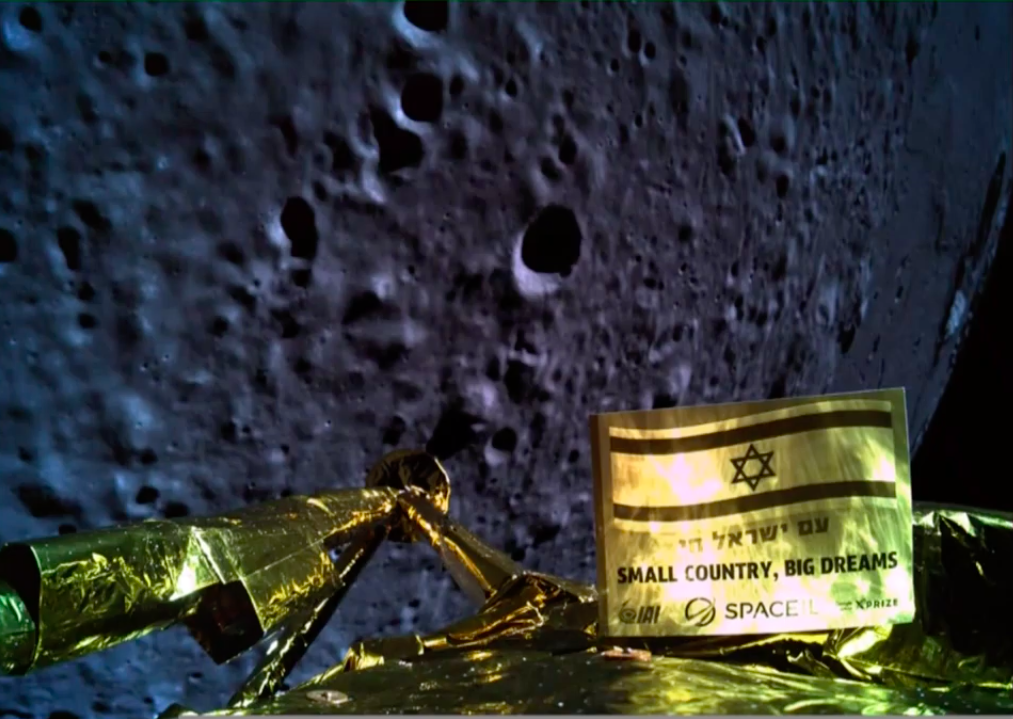
It was also later revealed that for long periods of time during the mission, ground control had virtually no idea where Beresheet was and could not communicate with it; the antenna was so low-powered that they lost the signal shortly after its last apogee raising maneuver and could only assume where it was based on previous predictions.
Luckily, NASA gave SpaceIL access to its Deep Space Network, an array of very powerful radio antennas spread across the world used to communicate with very far away spacecraft, which managed to locate the faint signal from the tiny lunar lander and restored communications with it just before it was time for the lunar insertion maneuver.
All things considered, given its extremely low budget, its team comprised mostly of volunteers, and the production and in-flight hurdles it overcame, Beresheet actually got really close to achieving its secondary mission of landing on the Moon, while its primary mission was considered a resounding success. You heard that right – Beresheet’s primary mission was not, in fact, to land on the Moon.

SpaceIL’s mission is to promote science and science education and to inspire a new generation of scientists through an “Apollo Effect”, so named after the sharp rise in STEM majors following the Apollo landings. To inspire an entirely new generation of kids to go into STEM would require a feat as remarkable as landing on the Moon. And that was the real purpose of Beresheet: to inspire. And that it did.
From the moment of its conception, SpaceIL focused primarily on science education. Hundreds of volunteers gave thousands of presentations all around Israel and the rest of the world, mostly but not exclusively to children, telling them about the daring mission to put a small, privately funded, Israeli spacecraft on the surface of the Moon.
One final fact about Beresheet: like many space probes launched over the last few years, if not decades, it carried some other non-science payloads. Onboard Beresheet, SpaceIL included a large disc engraved with microscopic texts and images, including the Hebrew Bible, drawings from Israeli school children, and pictures selected by SpaceIL volunteers, including a picture of our own Dr. Pamela Gay and Fraser Cain, added at the request of one of the volunteers who happened to be a fan of Astronomy Cast.

And just because it didn’t successfully land on the Moon doesn’t mean the story stops here. On December 9 of last year, SpaceIL announced a plan for Beresheet 2, a mission that will consist of a lunar orbiter carrying two much smaller landers. It will also carry experiments designed by school children from Israel and other countries and is intended to launch in 2024. We can not wait to see the amazing things it will achieve.
Statistics
To wrap things up, here’s a running tally of a few spaceflight statistics for the current year:
Toilets currently in space: 5 — 3 installed on ISS, 1 on the Crew Dragon, 1 on the Soyuz
Total 2021 orbital launch attempts: 17, including 1 failure
Total satellites from launches: 364
I keep track of orbital launches by where they launched from, also known as spaceport. Here’s that breakdown:
USA: 7
China: 5
Kazakhstan: 2
India: 1
New Zealand: 1
Russia: 1
Random Space Fact
Your random space fact for this week is that the parachute for the Mars 2020 rover had JPL’s motto “Dare Mighty Things” and JPL’s coordinates in degrees/minutes/seconds written in binary in the red and white patches of the parachute. This served a legitimate engineering purpose as a way to easily determine the orientation of the different parachute sectors in the video.
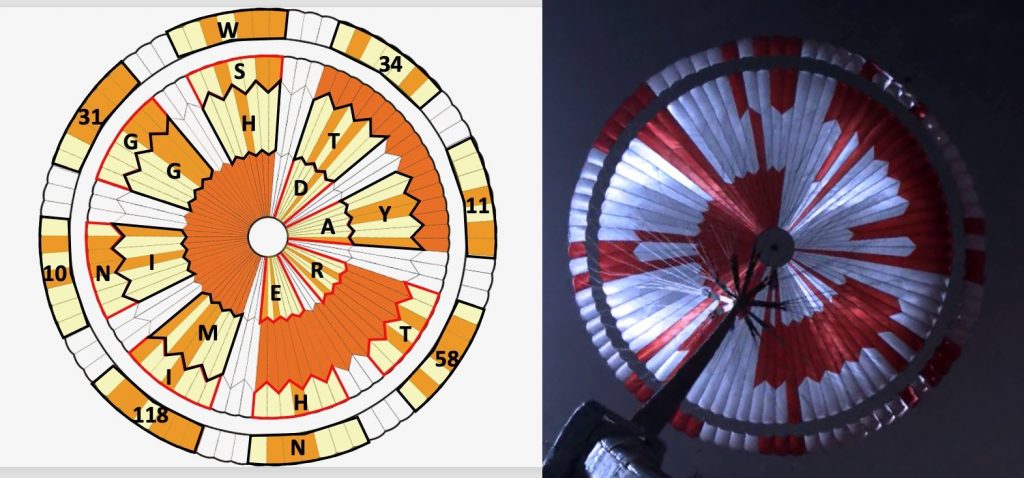
It also served as a fun little easter egg. Mars 2020 Chief Engineer Adam Steltzner took to Twitter to note that it had taken the Internet hive mind only six hours to crack the code, which he was surprised by.
JPL has a history of including easter eggs on spacecraft. The wheels of the MSL rover, for example, were designed with grooves that spelled out ‘JPL’ in Morse code as the rover traveled across the Martian surface.
Learn More
China Launches Third Batch of Yaogan-31 Satellites
- CASC press release (Chinese)
- Xinhua News article (Chinese)
- SpaceNews article
- Yaogan info page (Gunter’s Space Page)
- Launch video
Brazil Sends Up First Remote Sensing Satellite on ISRO Rocket
- ISRO press release
- PSLV-C51/Amazonia-1 Brochure (ISRO)
- Conference paper (ResearchGate)
- Launch video
Roscosmos Launches Arktika-M 1 to Monitor Arctic Regions
- Soyuz launches first Arktika-M satellite (Russian Space Web)
- Cospas-Sarsat System
- Arktika-M info page (Gunter’s Space Page)
- Launch video
This Week in Rocket History: Beresheet
- Google Lunar X-Prize (Wikipedia)
- Computer reset cancels orbit-raising burn on Israel’s moon lander (Spaceflight Now)
- What Happened to Beresheet? (Davidson Institute of Science Education)
- IAI press release
- Launch video
Random Space Fact: Dare Mighty Things
- Mars rover’s giant parachute carried secret message (PBS Newshour)
Credits
Host: Annie Wilson
Writers: Elad Avron, Dave Ballard, Gordon Dewis, Pamela Gay, Beth Johnson, Erik Madaus, Ally Pelphrey, and Annie Wilson
Pronunciation guides for ISRO launch: AstroGalaxy
Pronunciation guides for Beresheet: Elad Avron
Audio and Video Editing: Ally Pelphrey
Content Editing: Beth Johnson
Executive Producer: Pamela Gay
Intro and Outro music by Kevin MacLeod, https://incompetech.com/music/


 We record most shows live, on Twitch. Follow us today to get alerts when we go live.
We record most shows live, on Twitch. Follow us today to get alerts when we go live.